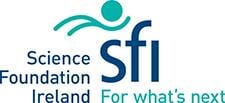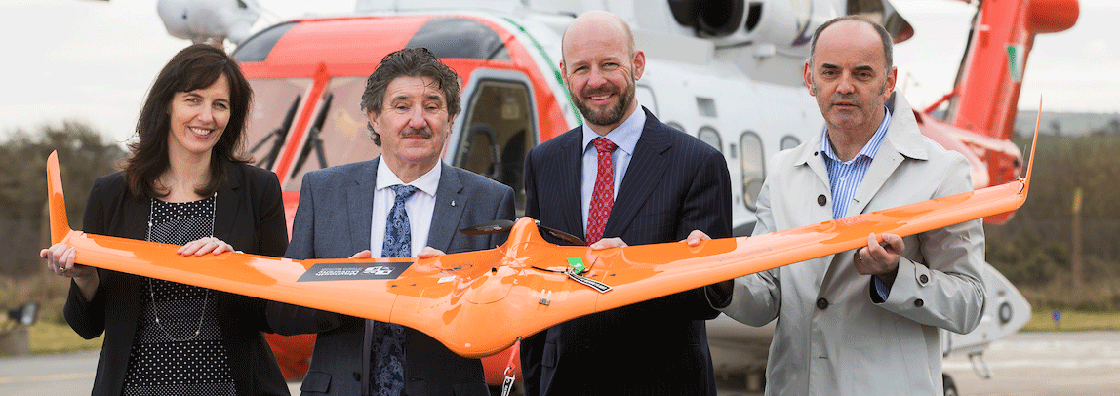U-Flyte
U-Flyte is a strategic research partnership, coordinated by Maynooth University and funded by SFI, together with Industry collaborators including; Airbus, Irelandia Aviation and INTEL.
The global €multi-billion Drone industry is expanding and these aerial robots are employed for an increasing array of automated airborne tasks including; mapping, surveying, news-gathering, specialist services, search & rescue, air-taxi and logistics.
Research
U-Flyte intends tackling the current global bottleneck impeding the wider development of drone operation and roll-out of commercial services.
The core R&D work-plan is based around a series of inter-connected work-packages that deal with investigating, building and testing Unmanned Aircraft Systems (UAS) - U-Traffic Management (UTM), underpinned by a 3D drone airspace model (U-Space).
Research in downstream application services includes investigating rapid, wide area swarm mapping configurations, object detection & tracking and optimised logistical modelling
The aim of U-Flyte is to tackle the current global log-jam impeding the wider development of drone operation and the roll-out of commercial services by providing the necessary research, data and case studies to guide agencies and industry in allowing drones to safely fly further and higher than the current limits.
The programme will see researchers recreate flying environments for drones as digital models, taking into account a wide range of factors like air traffic, buildings and electricity lines, and then testing them in the real world at Waterford Airport and other selected locations around Ireland.
Waterford Airport was chosen as the ideal main testing location for U-Flyte because the facility possesses its own controlled airspace with a manned air-traffic control tower, providing U-Flyte researchers with a real-world, yet highly secure and safe flight test environment. The airport location also provides easy access to the coastline and offshore areas, allowing researchers to test higher performance drones for marine applications, such as ocean data collection and search and rescue.
This project has received funding from the SFI under grant agreement no. SFI(17/SPP/3460).


